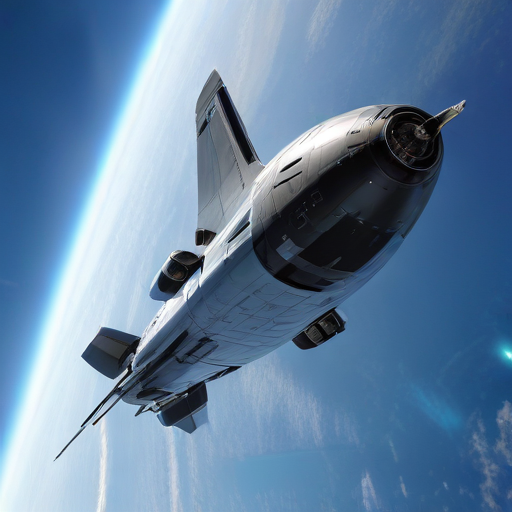Boeing’s CST-100 Starliner has received positive news regarding its anticipated return to Earth, following the successful completion of ground testing for its thrusters. These thrusters have left the spacecraft in a holding pattern since early June, and prior to the recent tests, both Boeing and NASA were awaiting results to begin planning for the ship’s return.
Teams at the White Sands Test Facility in New Mexico conducted tests on the Starliner’s Reaction Control System (RCS) thrusters, focusing on understanding any potential degradation which led to some thrusters becoming non-operational during the flight. Reports indicated that helium tanks controlling these thrusters suffered leaks, contributing to the delays before and during the launch. Despite this, the spacecraft has 70 hours of helium available—far more than the seven hours necessary for operation.
Although earlier statements suggested that the Starliner could return immediately if required, the mission teams have confirmed they are not yet prepared for that eventuality. The latest indications point toward a potential return flight occurring at the end of this month, though the schedule remains somewhat flexible. As Boeing and NASA engineers move forward with disassembly and inspections of the thrusters, they are also finalizing the necessary preparations for the Starliner’s eventual re-entry with its commander, Butch Wilmore, and pilot, Suni Williams.
This progress demonstrates both organizations’ commitment to ensuring a safe and functional spacecraft for future missions, which is encouraging for the ongoing development of commercial spaceflight.
In summary, the completion of thruster testing marks a significant step forward for the Boeing CST-100 Starliner, which may soon be ready for its journey back to Earth, paving the way for continued advancements in space exploration.
